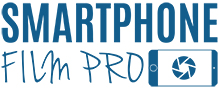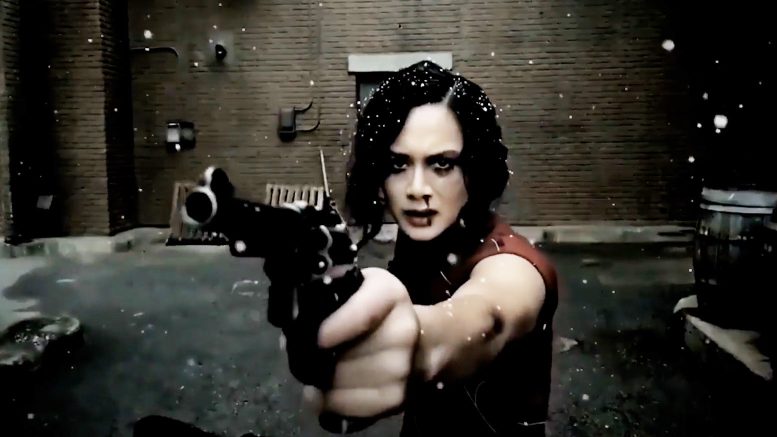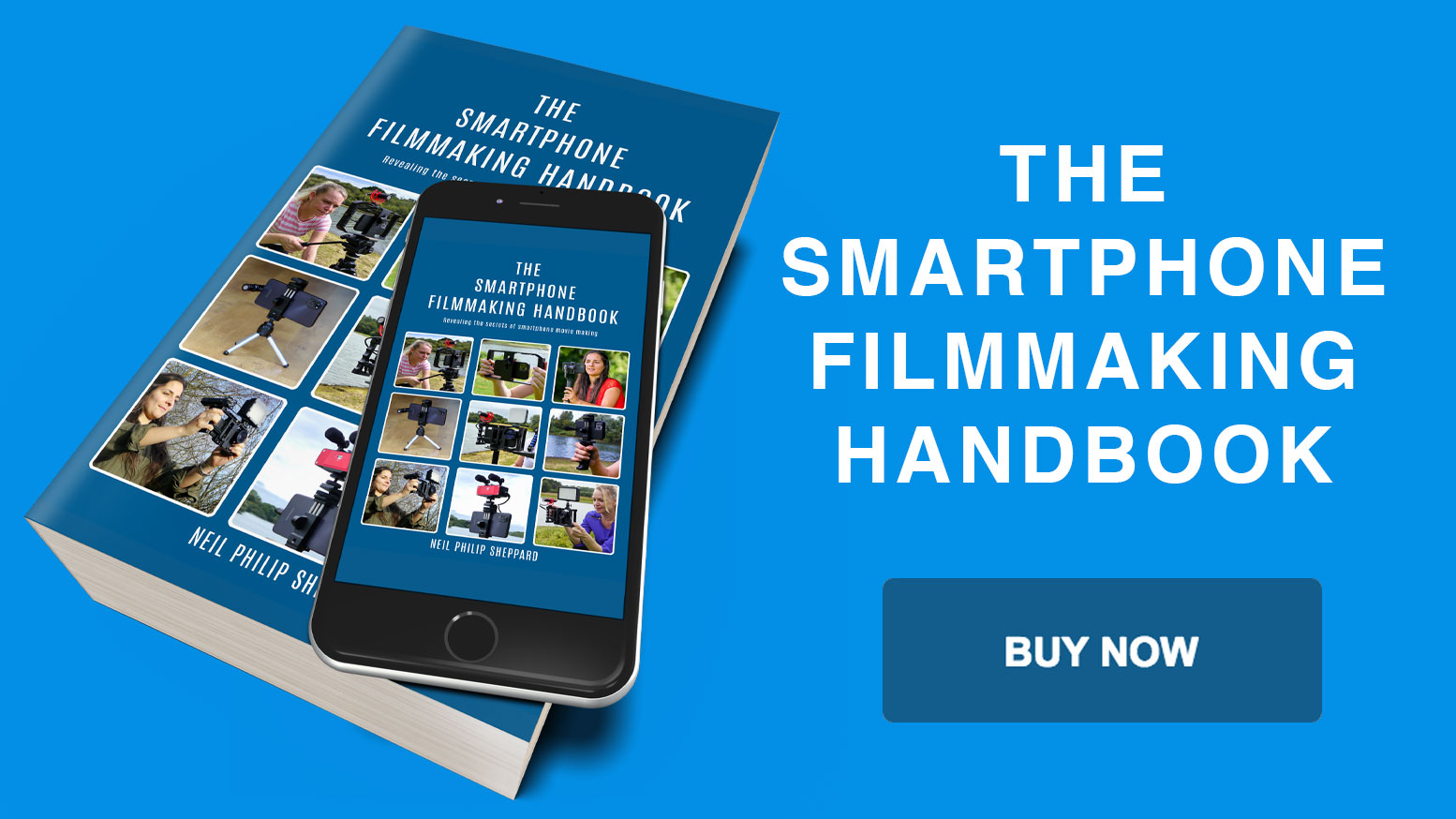Great cinematic films made just with the iPhone
With continuous advancements in technology and cinematic storytelling, using iPhones for filmmaking is undoubtedly the most apparent path for the future of cinema. The accessibility of an iPhone removes many technical challenges and obstacles that aspiring filmmakers often face.
It empowers artists to film on the move, enabling them to capture evocative visuals that would otherwise be unattainable with traditional, bulkier equipment. This accessibility allows both newcomers and seasoned professionals to enhance their skills and experiment with their visual language without significant time or financial investments.
Esteemed directors and cinematographers such as Steven Soderbergh and Greg Fraiser firmly believe that creating films with iPhones is the logical progression for independent filmmaking. Considering this, let’s explore some of the exceptional movies that have been made using an iPhone.
High Flying Bird (2019)
One of the standout Hollywood films of 2019, “High Flying Bird” directed by Soderbergh, was entirely shot using an iPhone, specifically an iPhone 8. The movie revolves around the fictionalised life of basketball player Andre Holland, with Holland portraying the character of Ray Burke, a struggling athlete.
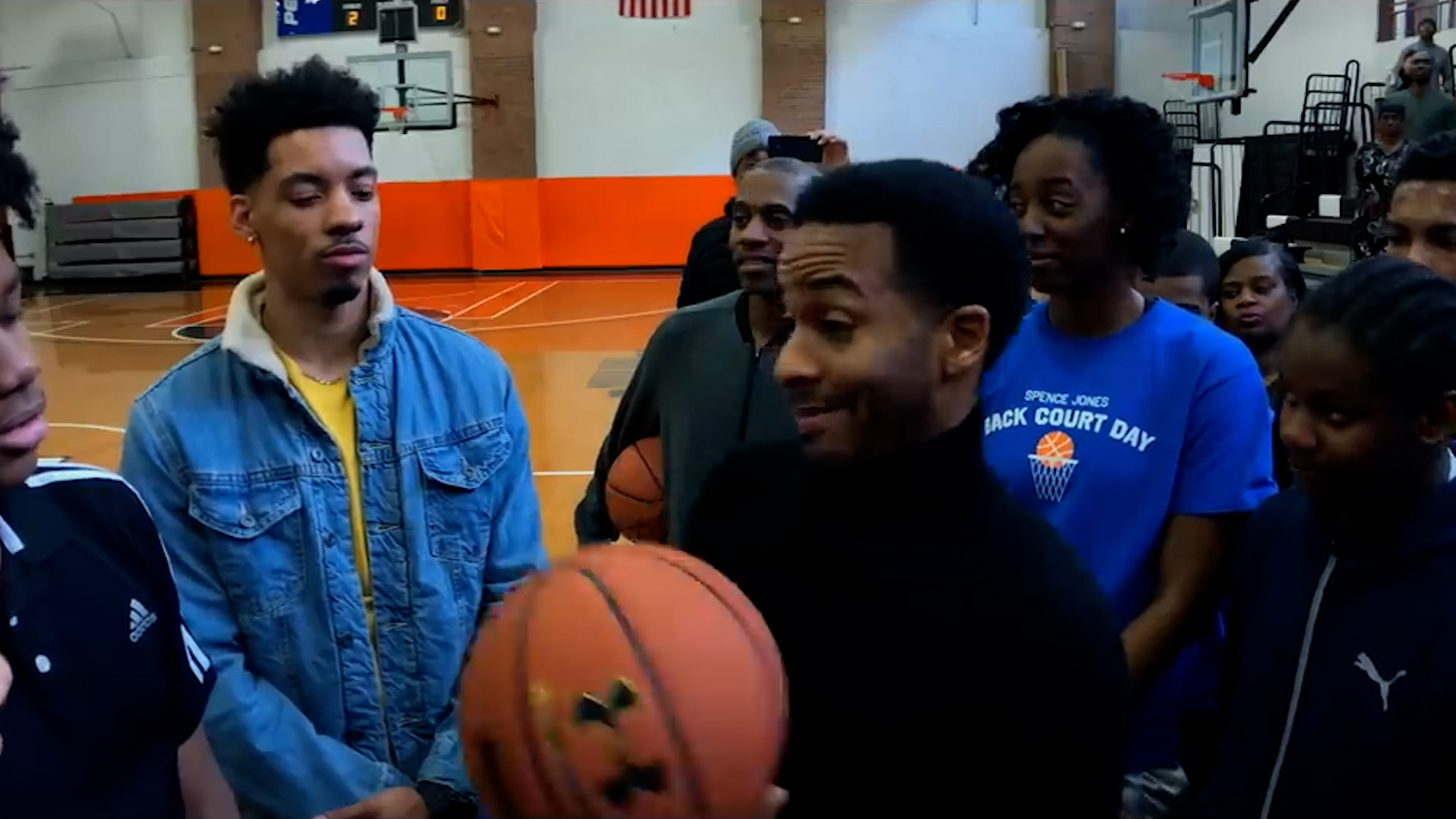
The iPhone’s capability to capture visuals in confined spaces proved to be immensely useful for this intense sports drama. Soderbergh has emphasised that numerous shots in the film would have been difficult to capture effectively using traditional equipment, without putting anyone at risk of harm.
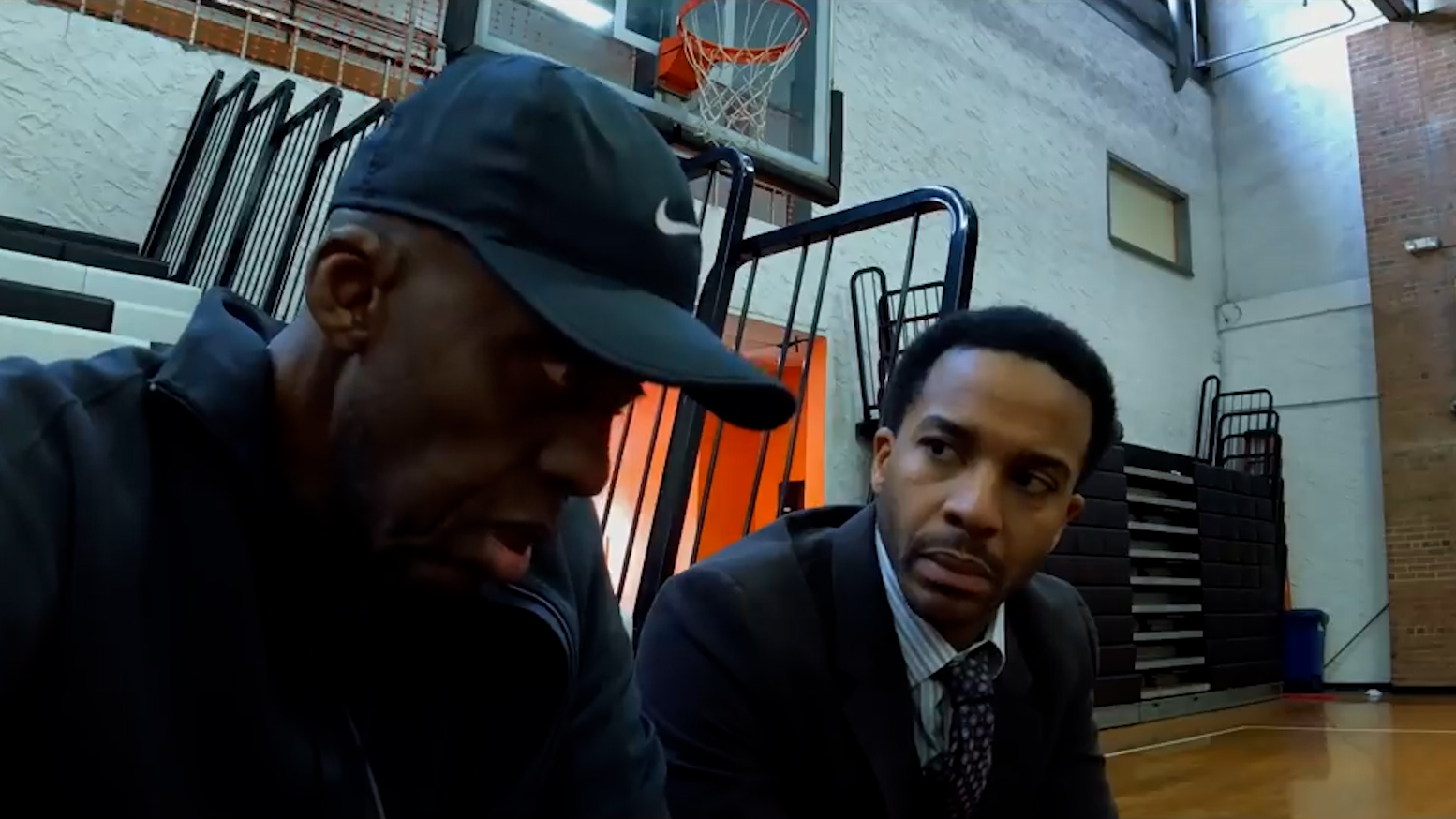
“High Flying Bird” also deviates from the typical stylistic conventions of sports dramas, opting for a naturally lit set and straightforward shots. In pursuit of this approach, Soderbergh used a 12×12 inch LED lighting package.
Unsane (2018)
The 2018 horror/psychological thriller film by Steven Soderbergh centres around the narrative of Sawyer Valentini, a troubled woman who is confined to a mental asylum due to persistent stalking.
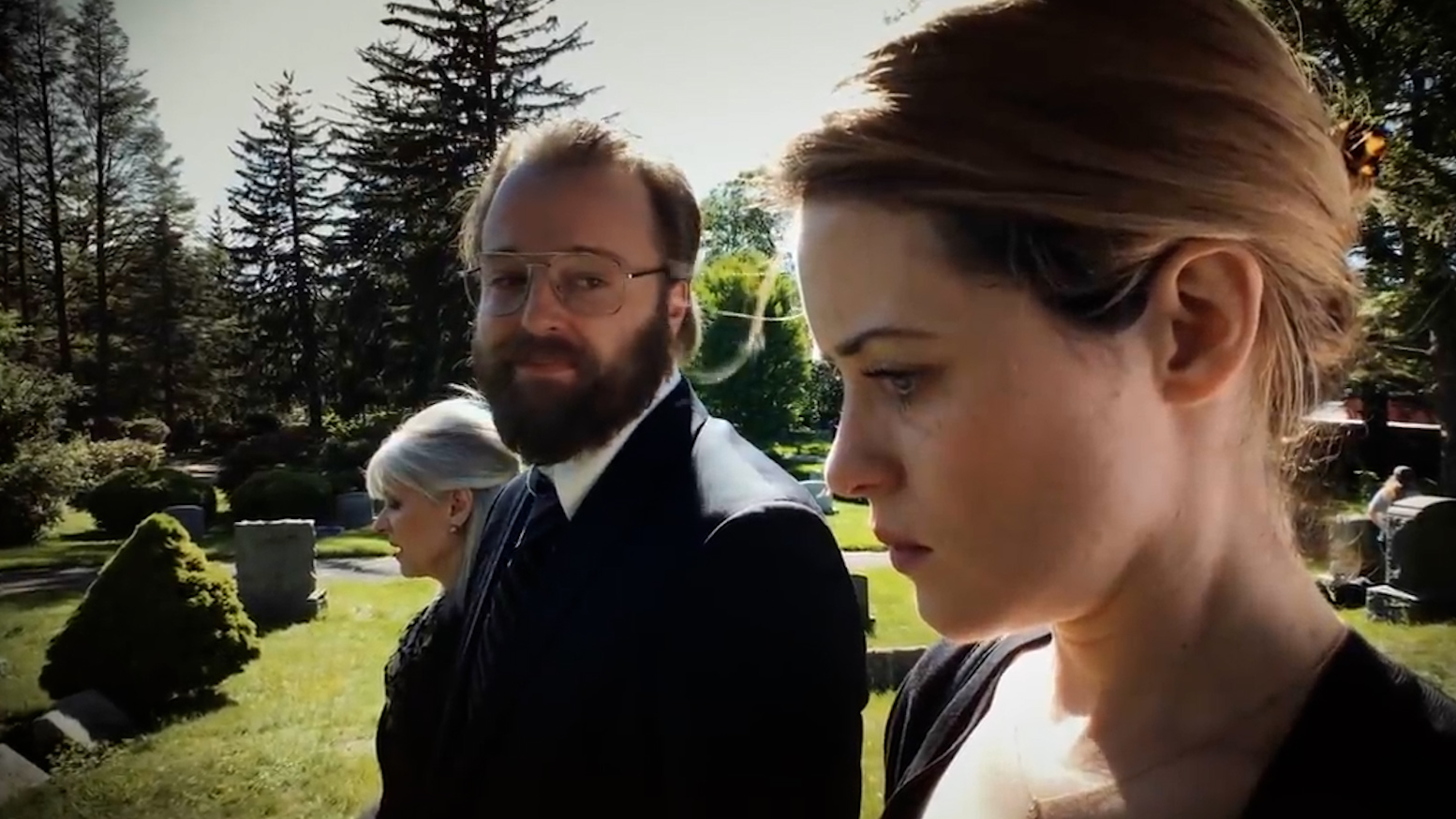
Remarkably, the entire film was shot using an iPhone 7 Plus. Soderbergh employed commonly used tools for smartphone filmmaking, including gimbals and Beastgrip straps, to securely mount the camera in close proximity to the actors.
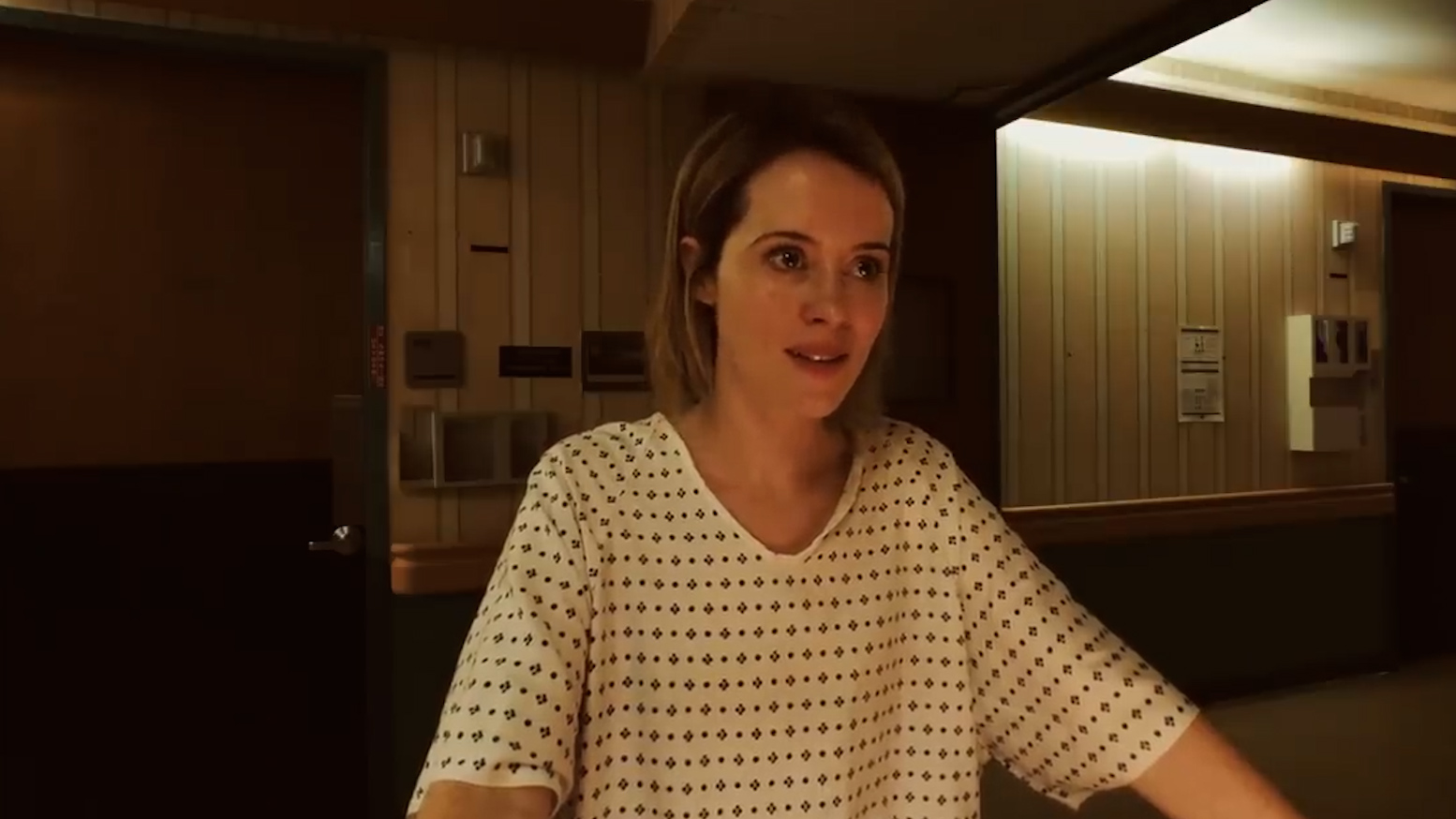
However, he also adopted unconventional techniques like using wheelchairs to capture lengthy tracking shots. By mounting cameras on the actors themselves, he achieved perspective shots that effectively conveyed an atmosphere of fear and claustrophobia.
Snow Steam Iron (2017)
It is somewhat unexpected for a filmmaker like Zack Snyder, known for his penchant for creating grandiose, brooding, and visually stunning spectacles on the big screen, to shoot a film using an iPhone. However, that is precisely what he does in “Snow Steam Iron.”
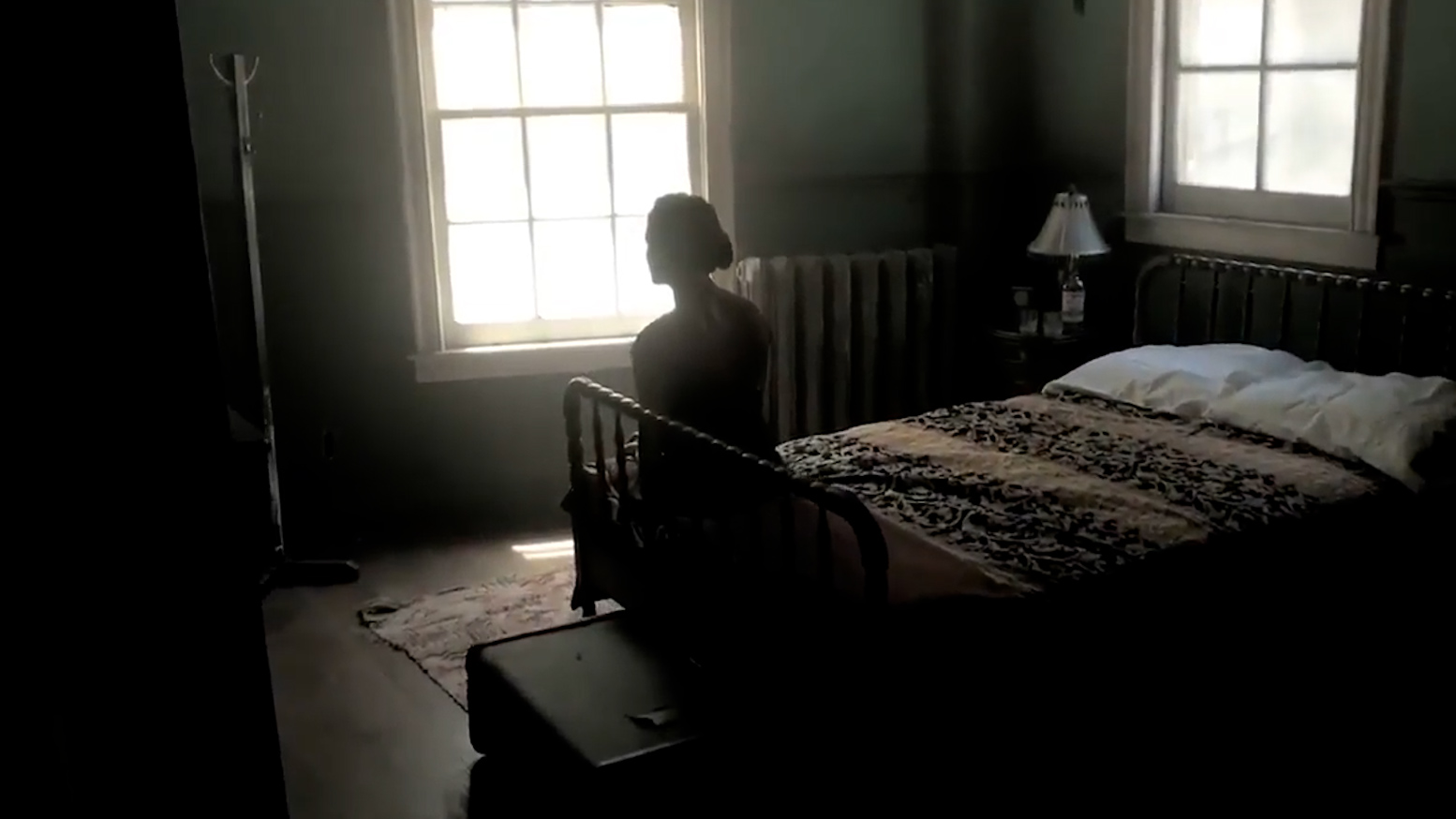
Despite this departure, elements that are characteristic of Snyder’s previous work, such as expansive sets, a timeless quality, lavish costumes, and a noir-like fascination with ambiguity and shades of grey, still persist. It’s worth noting that there is a considerable amount of production design involved for a film with a mere four-minute duration.
Nevertheless, the standout aspect is the use of the iPhone as the sole equipment. While Snyder has made a name for himself as a director of films that showcase mastery in visual effects and set design, he sought to challenge himself and venture into a production without relying on these crutches.
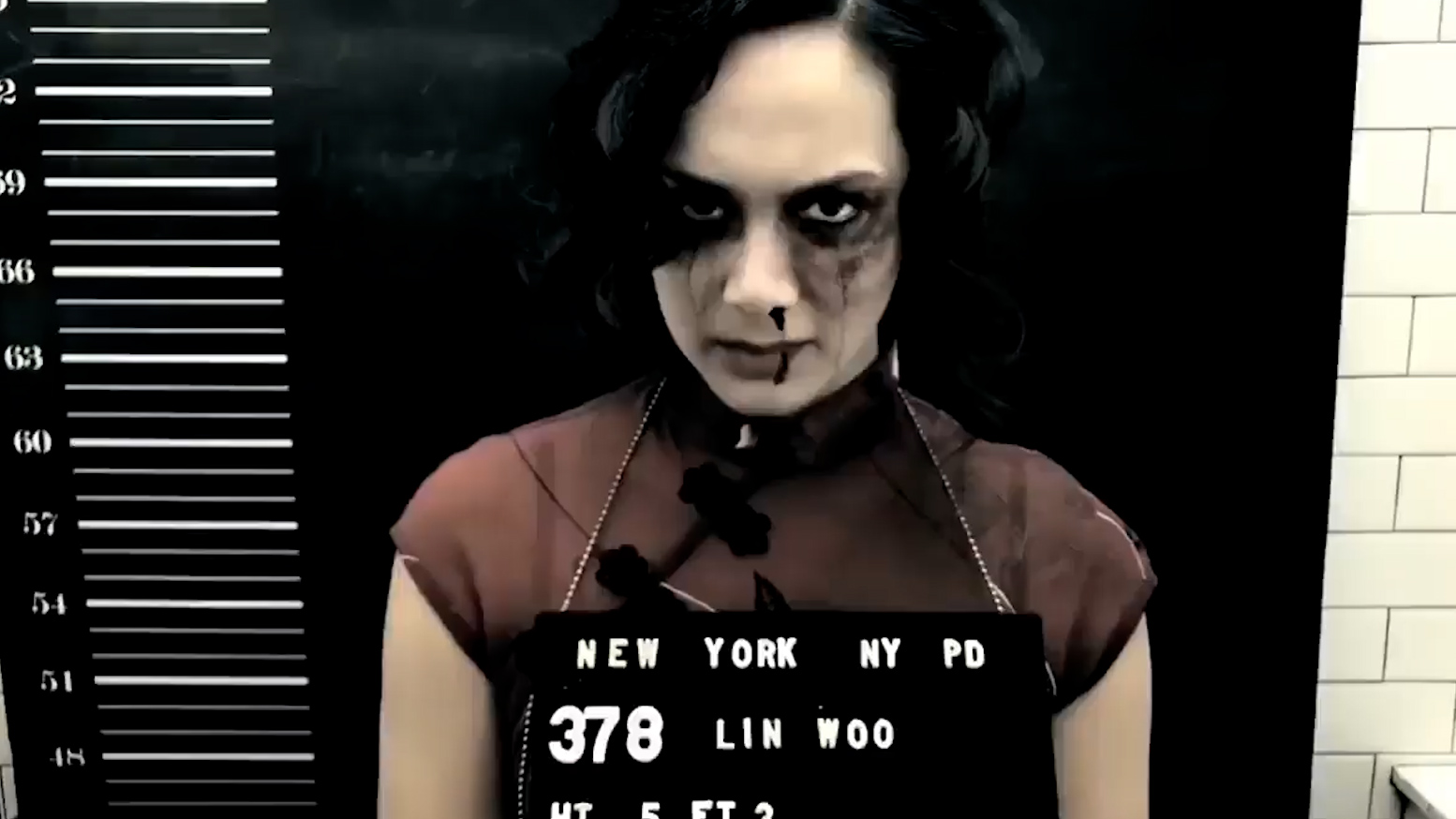
The result is a film that retains the cinematic magic synonymous with Snyder’s work, yet employs humble means to achieve it. Snyder used Filmic Pro, the go-to app for iPhone filmmaking, extensively in this project. This choice is evident in the editing and pacing of the scenes, which unfold as an abstract sequence of emotive imagery, intended to elicit an emotional response rather than a material one.
Détour (2016)
As part of an Apple promotional campaign, French director Michel Gondry filmed this movie using an iPhone 7. “Détour” revolves around a family’s journey to a beach town, where they misplace their daughter’s bicycle. In true indie fashion, the offbeat storyline is complemented by vibrant visuals.
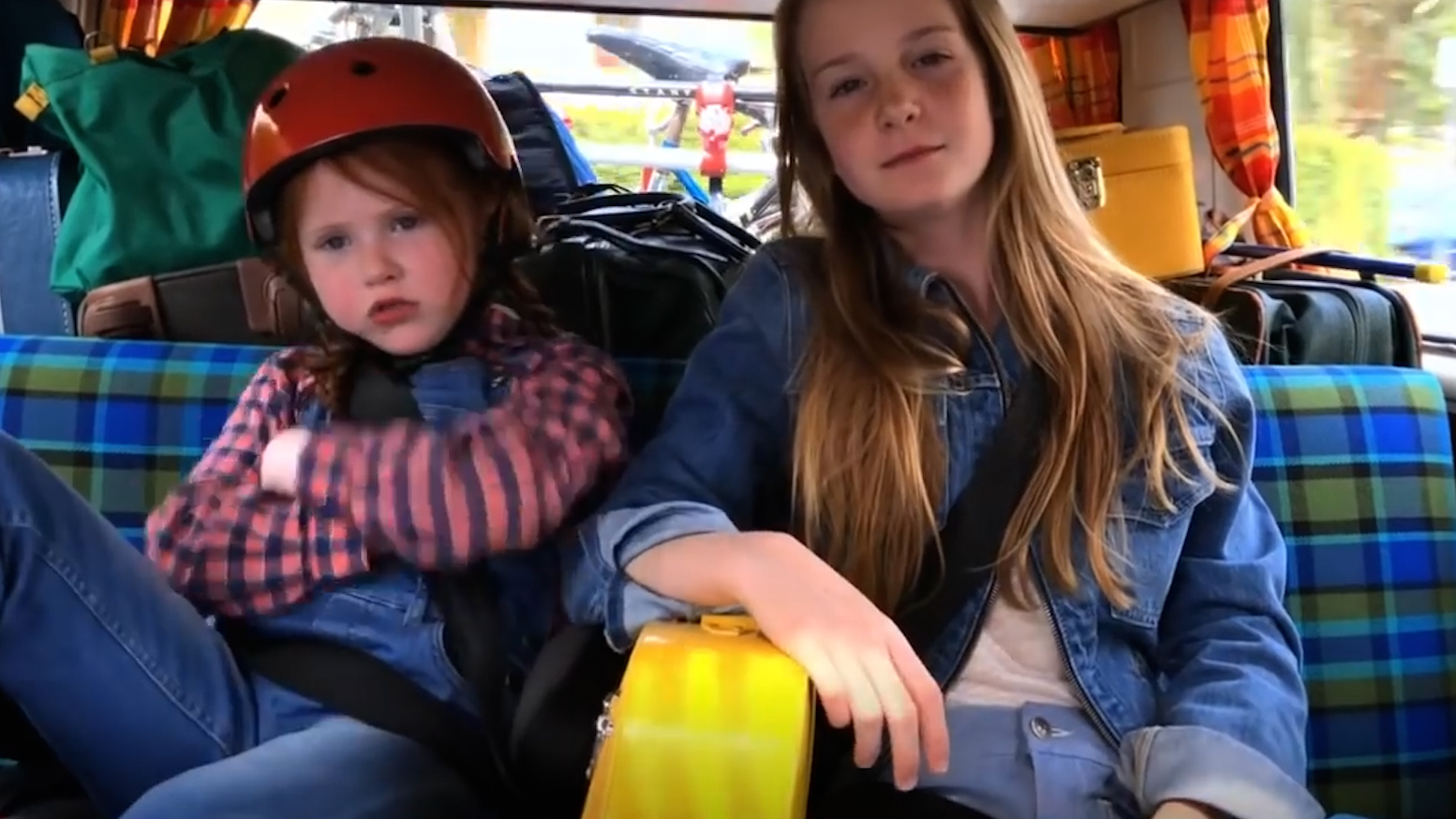
Gondry skill-fully employs a shallow depth of field, capturing natural-looking shots that immerse viewers in the car alongside the characters. In my opinion, this ability to create such a presence is the true strength of cinematography. Instead of relying on flashy tricks, it allows the story to flow seamlessly within the chosen medium.
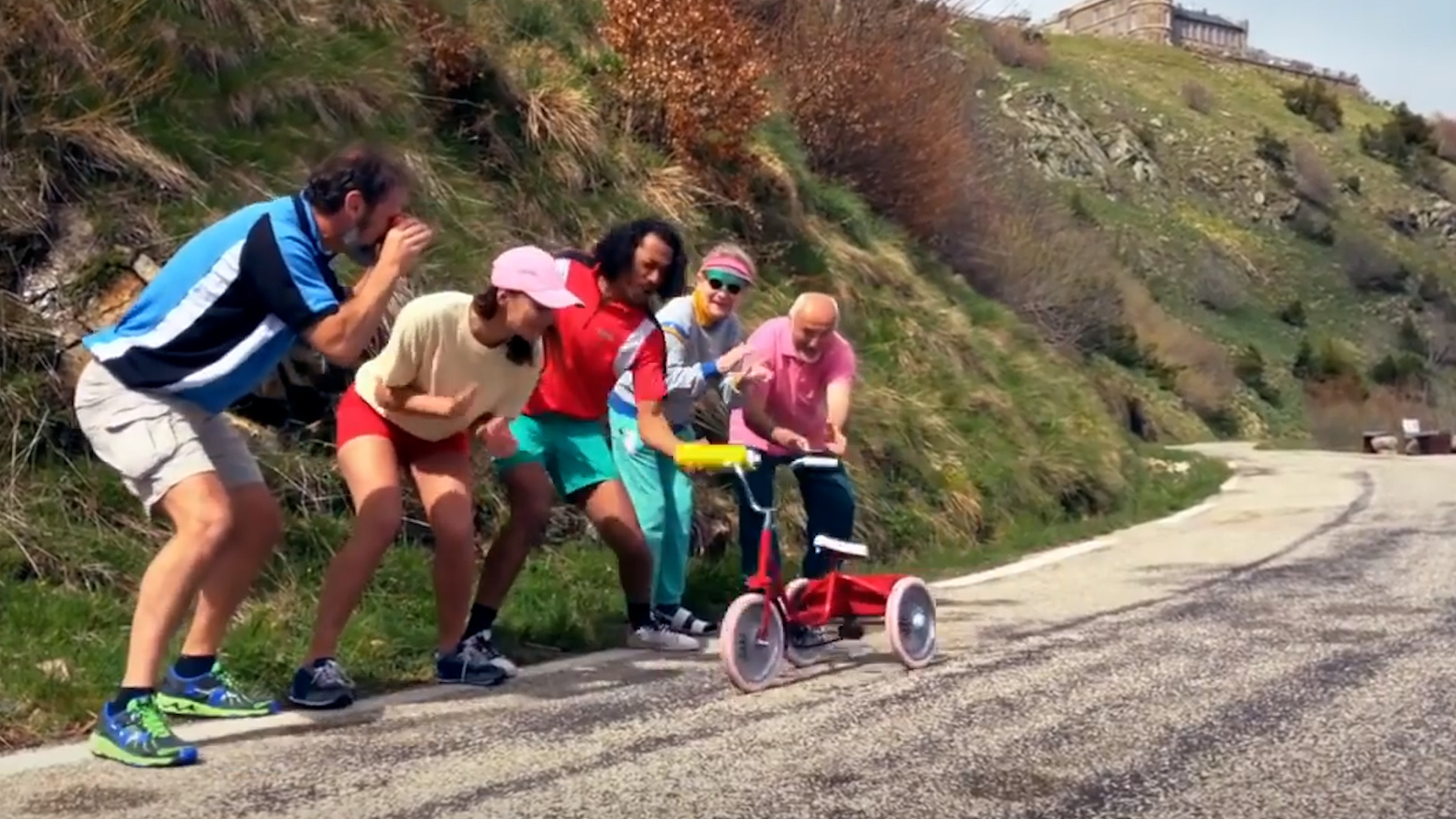
The flexibility of shooting with an iPhone is also evident in the long takes and perspective shots that showcase the scenery from a child’s perspective. “Détour” is a heartwarming film that transports you back to the nostalgic moments of gazing out the window during family road trips.
9 Rides (2016)
Directed by Matthew E. Cherry, “9 Rides” tells the story of a cab driver who discovers that his fiancé is being unfaithful. Over the course of his next nine rides, he confronts and processes this revelation. The film was shot using an iPhone 5s and shares certain similarities with another movie on this list, “Tangerine.”
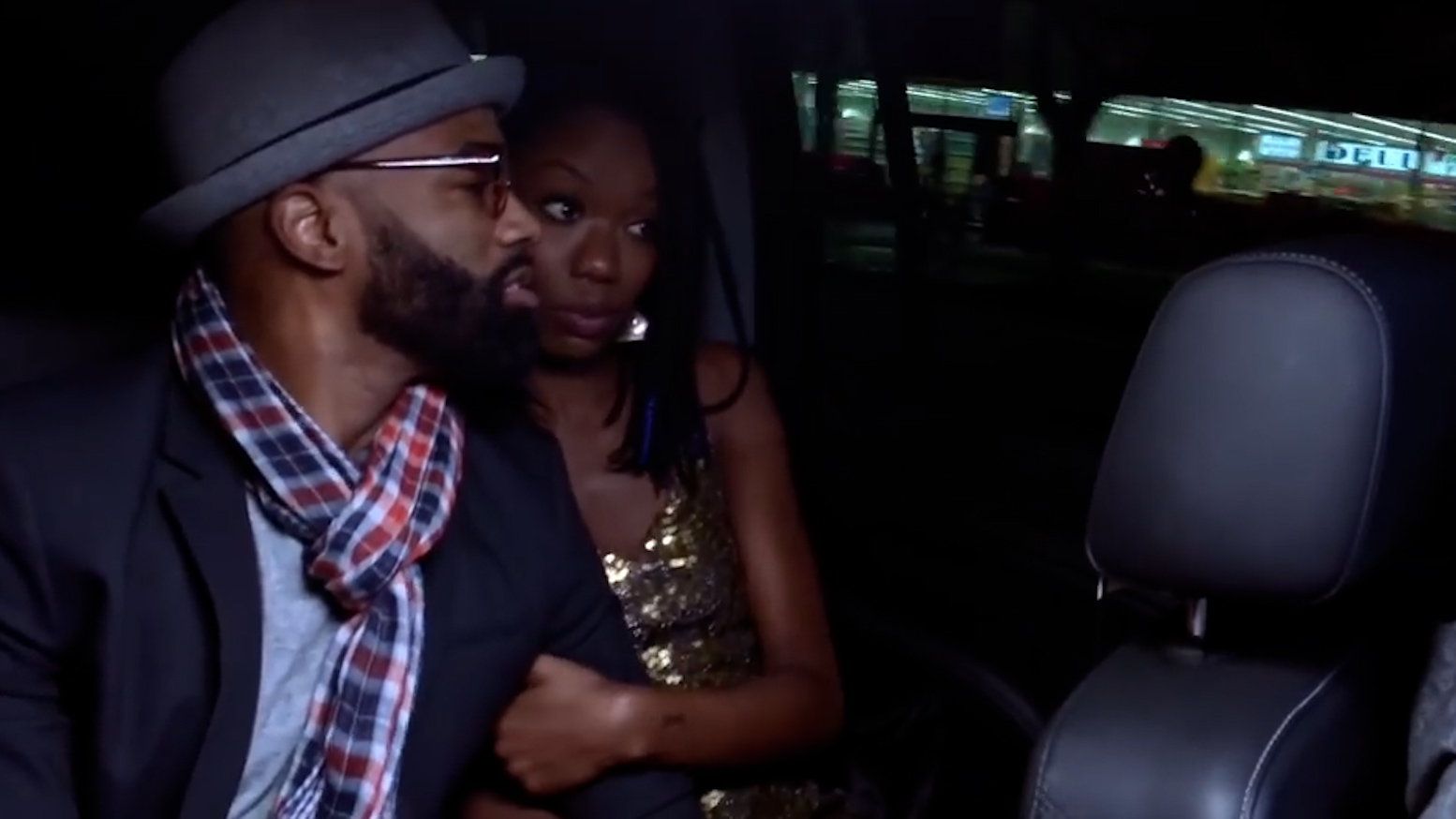
Both films capture the nocturnal landscape of Los Angeles, presenting an otherworldly ambiance brimming with possibilities. However, the use of close-ups and distorted shots in both films creates a sense of unease, building anticipation for significant developments in each scene.
Nevertheless, “9 Rides” leverages its constrained setting—the confined space of a taxi cab—to fully immerse viewers in its world. The compressed look and atmosphere of the film contribute to its emotional impact.
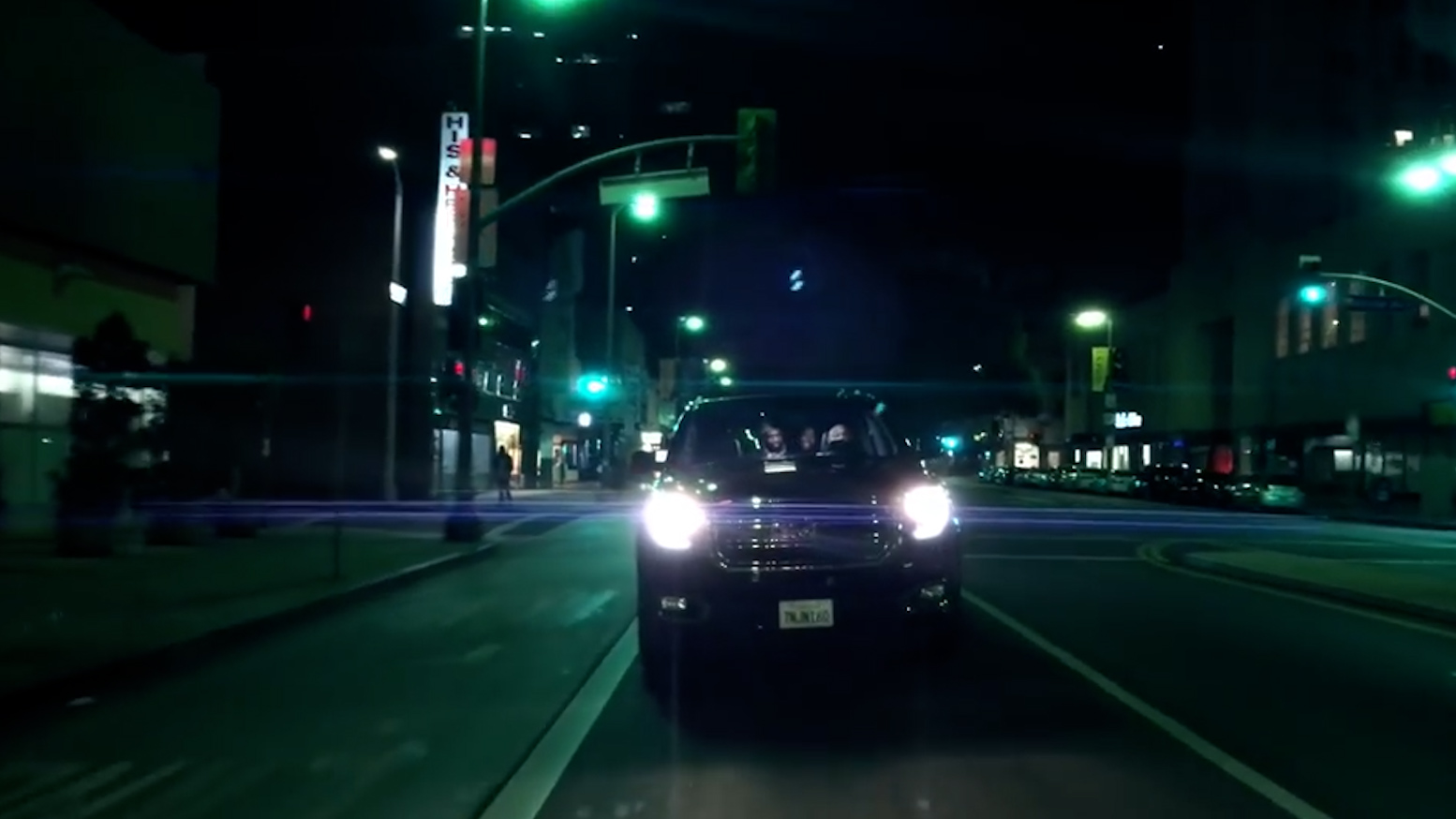
It is a testament to Cherry’s skill that a film crafted amidst another project manages to appear so refined and complete in its own right. “9 Rides” is available for streaming on Amazon Prime.
Tangerine (2015)
Portraying the lives of trans women, particularly trans sex workers, “Tangerine” was filmed using three 5S iPhones. Sean Baker and Radium Cheng, who collaborated on the cinematography, aimed to capture the reality of street-based sex work in Los Angeles.
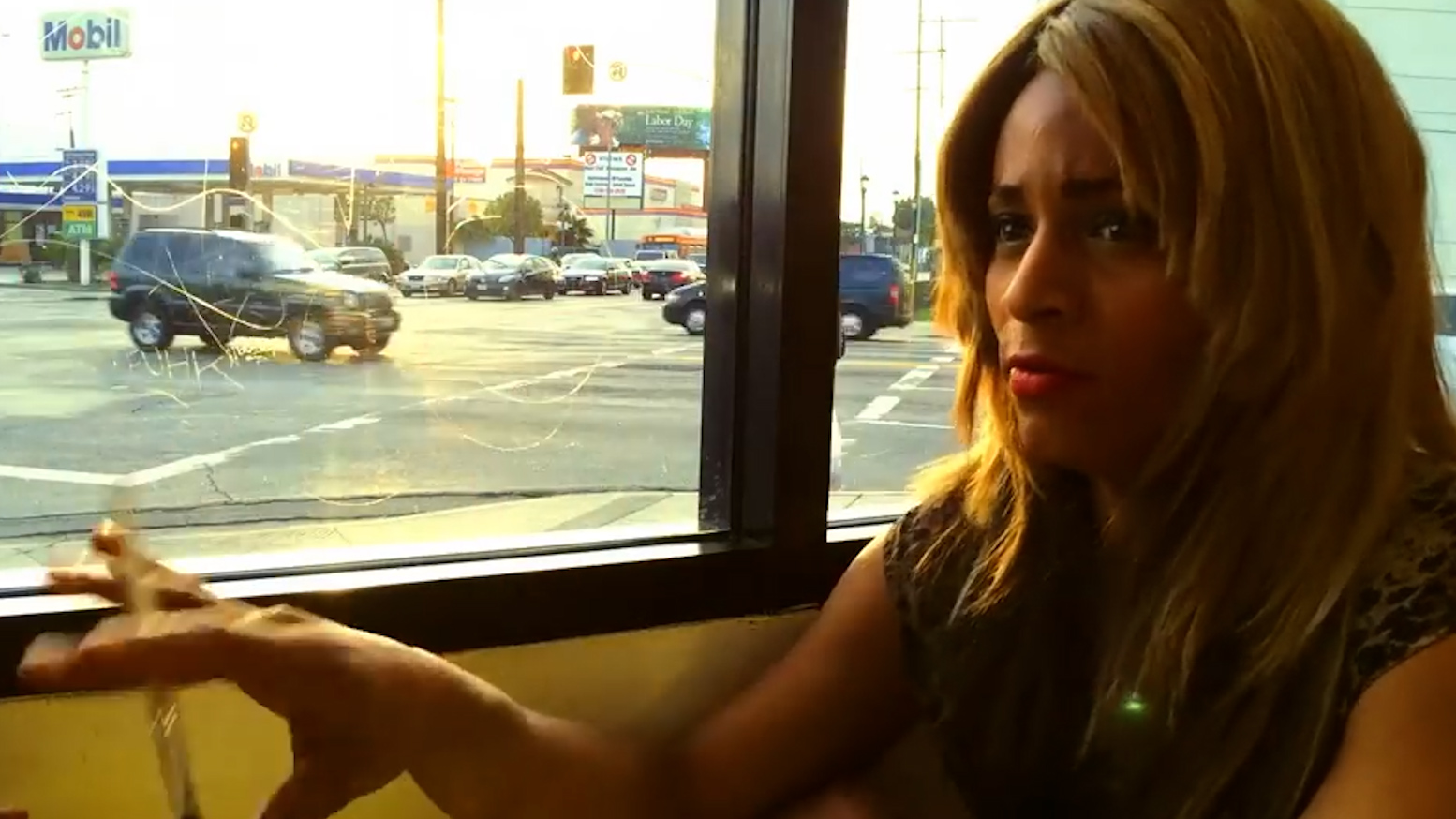
To maintain a sense of cinematic aesthetics, they employed an anamorphic lens adapter. Baker emphasises that the film may not have been made without the adapter, as it significantly enhanced the visual quality.
Through experimentation with three different types of lenses, they achieved a look reminiscent of film, resulting in beautifully composed and vibrant close-up shots that immerse viewers in the inner worlds of the characters.
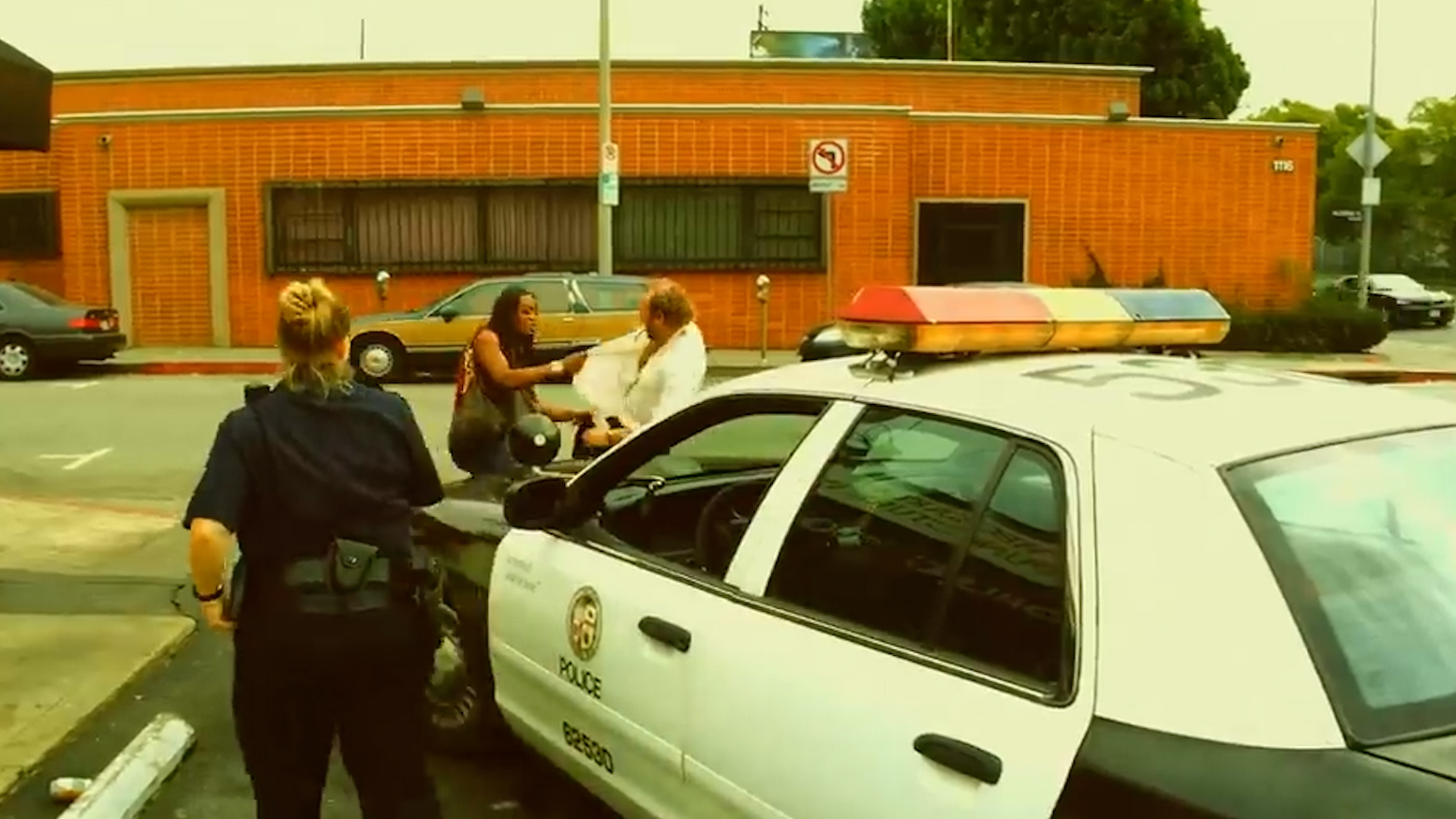
Thematically, Baker believes it was crucial for the project to evoke empathy. Shooting with iPhones allowed the filmmakers to explore a direction that facilitated this intention.
Another valuable tool used was the employment of Steadicam rigs, enabling them to capture challenging shots with more stability and providing a controlled field of action. “Tangerine” was entirely shot using an iPhone and is currently available for streaming on Netflix.
And Uneasy Lies the Mind (2014)
The iPhone camera’s limited scope and shallow depth of field perfectly suit this psychological thriller. The narrative revolves around Peter, whose seemingly flawless life with his partner gradually unravels during a weekend getaway at a cabin.
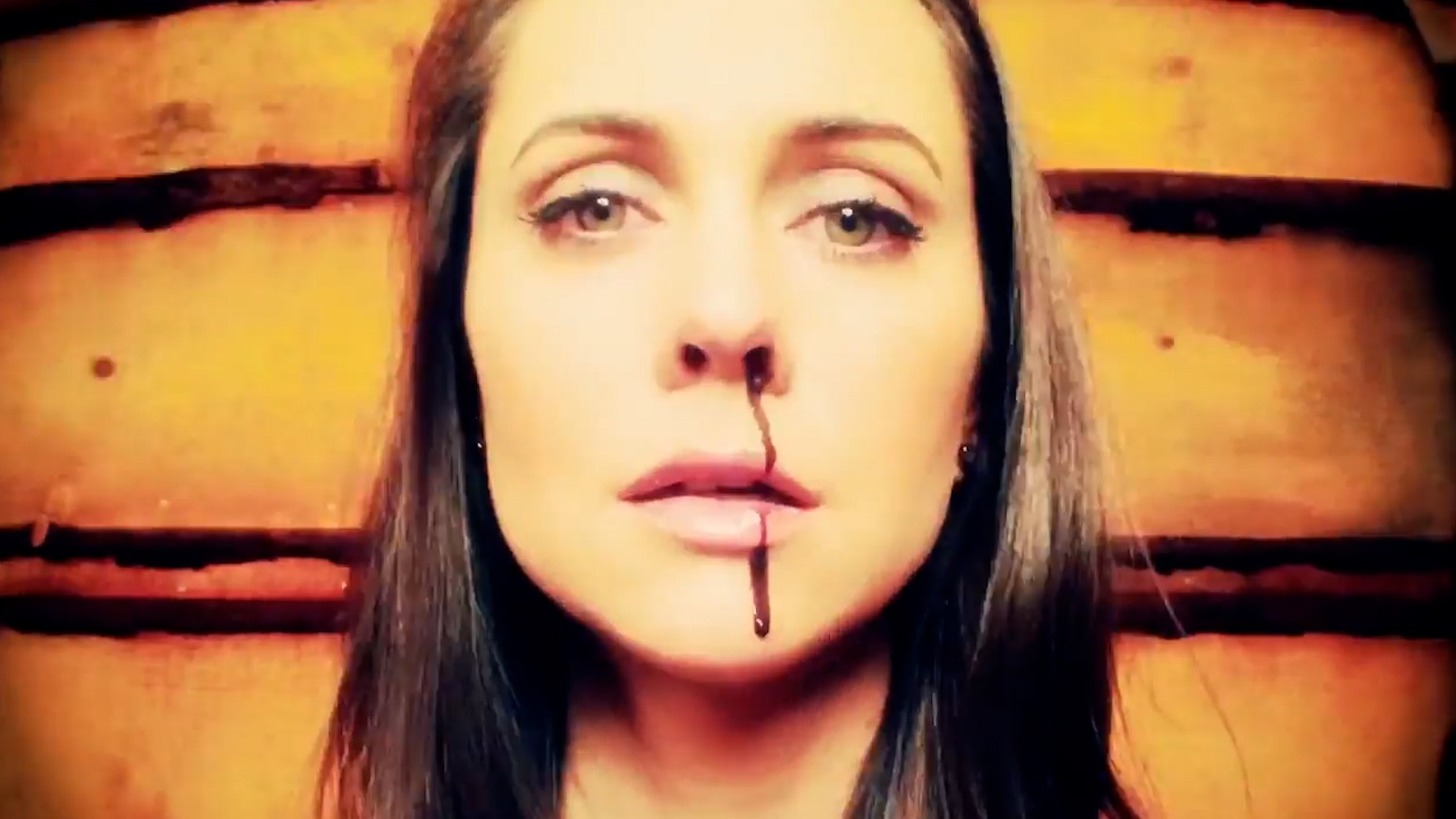
Shot entirely on an iPhone 5, with the use of cinema lenses, this film garnered attention as the first feature-length production to be captured entirely on an iPhone. Although the filmmakers briefly contemplated using 16 mm film to achieve a grainy and blurry aesthetic, they ultimately opted for the iPhone.
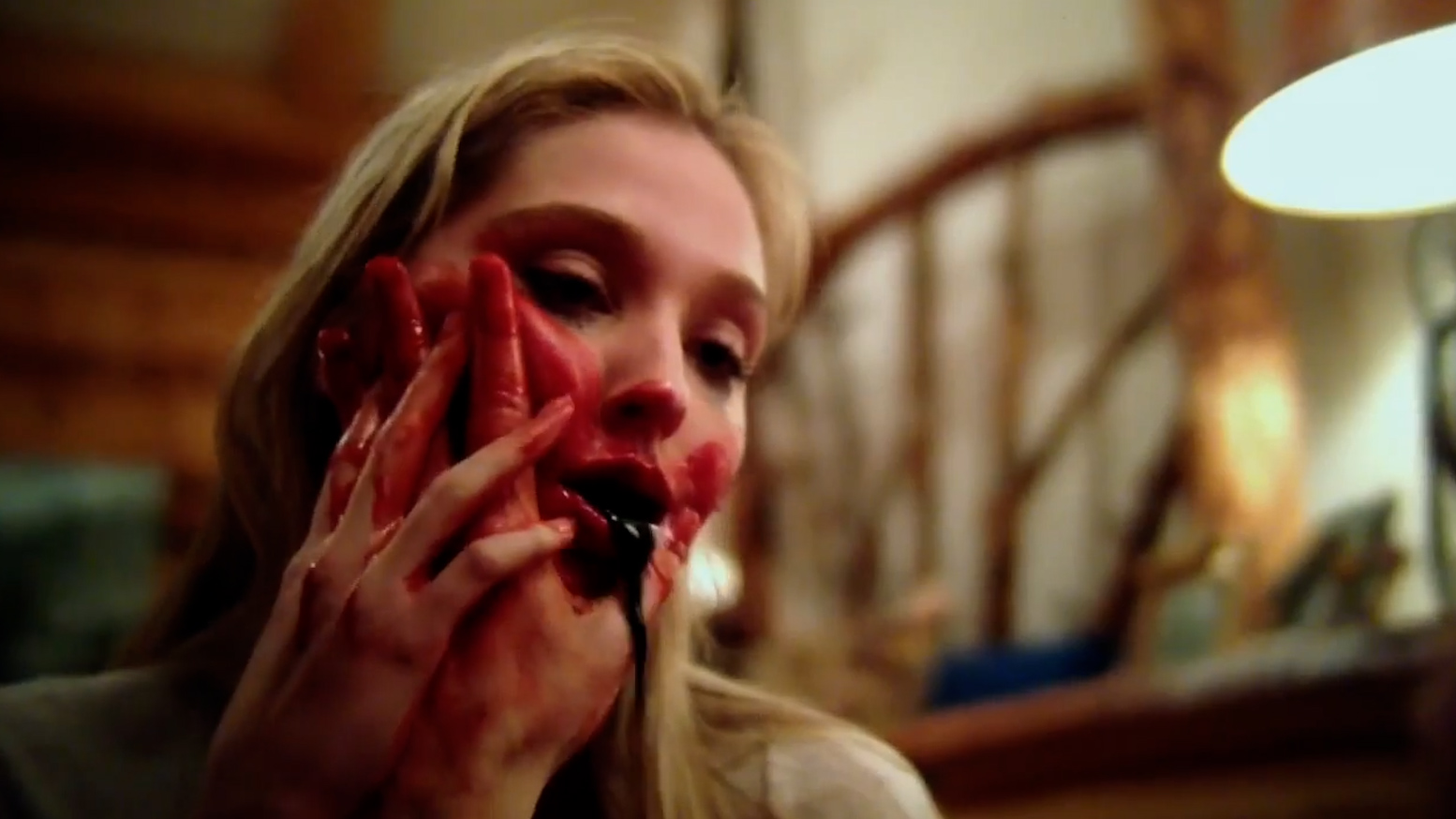
Interestingly, qualities typically considered flaws in traditional filmmaking, such as a shallow depth of field and blurred/distorted images, were embraced by the collaborative team of Jonas Fisch, J’aime Spezzano, Dillon Tucker, and cinematographer Ricky Fosheim.
In fact, Fosheim intentionally retained fingerprints, dirt, and grime on the lenses to imbue the film with a gritty and dream-like visual style.
Romance in NYC (2014)
“Romance in NYC,” directed by Emmy-winning director Tristan Pope, is a delightful film that revolves around love and romance in New York City. Filmed from a first-person perspective, the movie portrays the everyday moments of a relationship between two partners in the city.
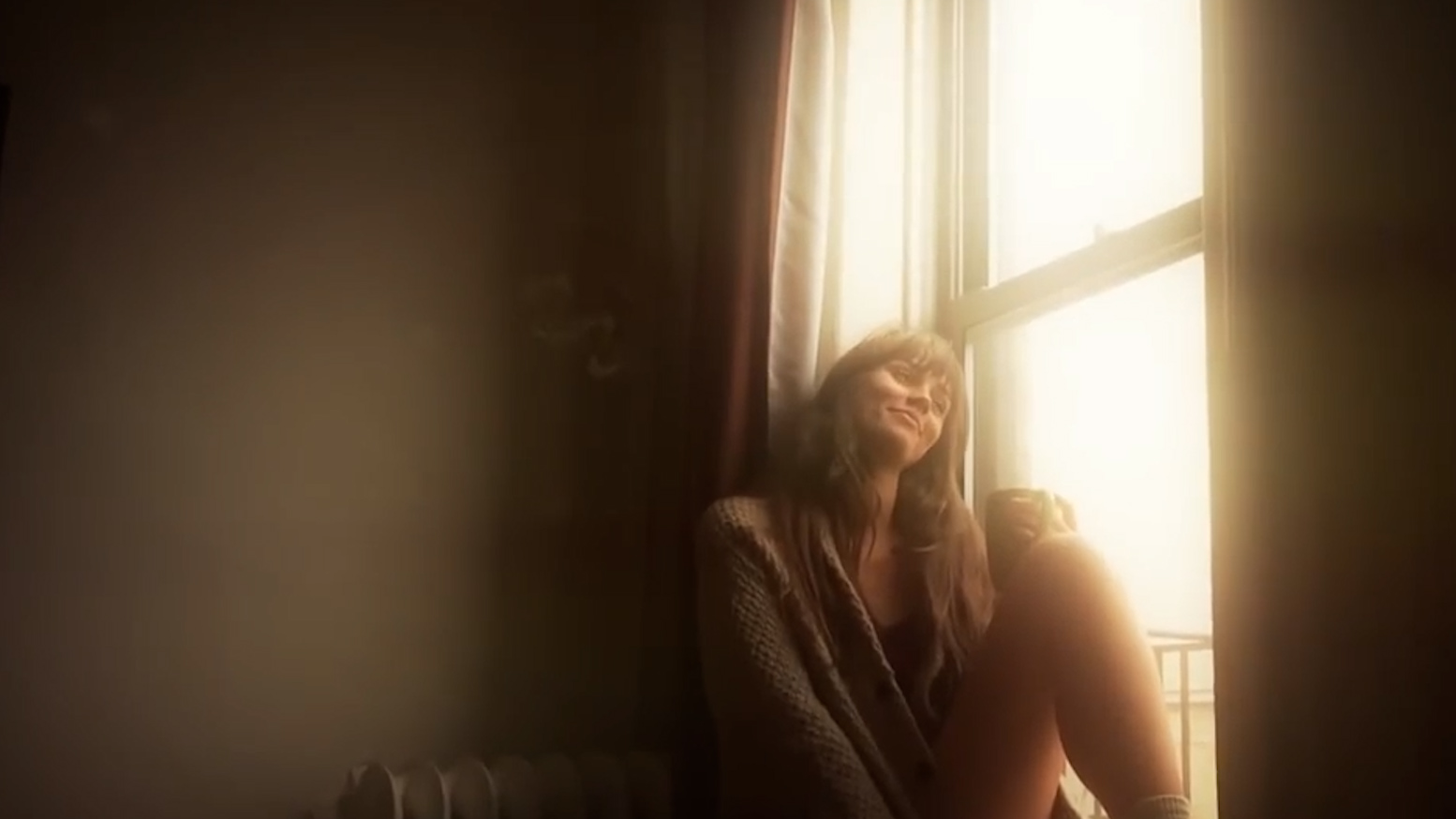
To maintain the presence of the boyfriend within the frame, the filming process was adapted in a clever way. The director held and positioned the camera, which was strapped to him, allowing the actor’s hands to be free and visible in the frame.
This technique enabled shots of the boyfriend assisting his partner with tasks like putting on a jacket, creating a sense of his presence and the shared domestic life they have.
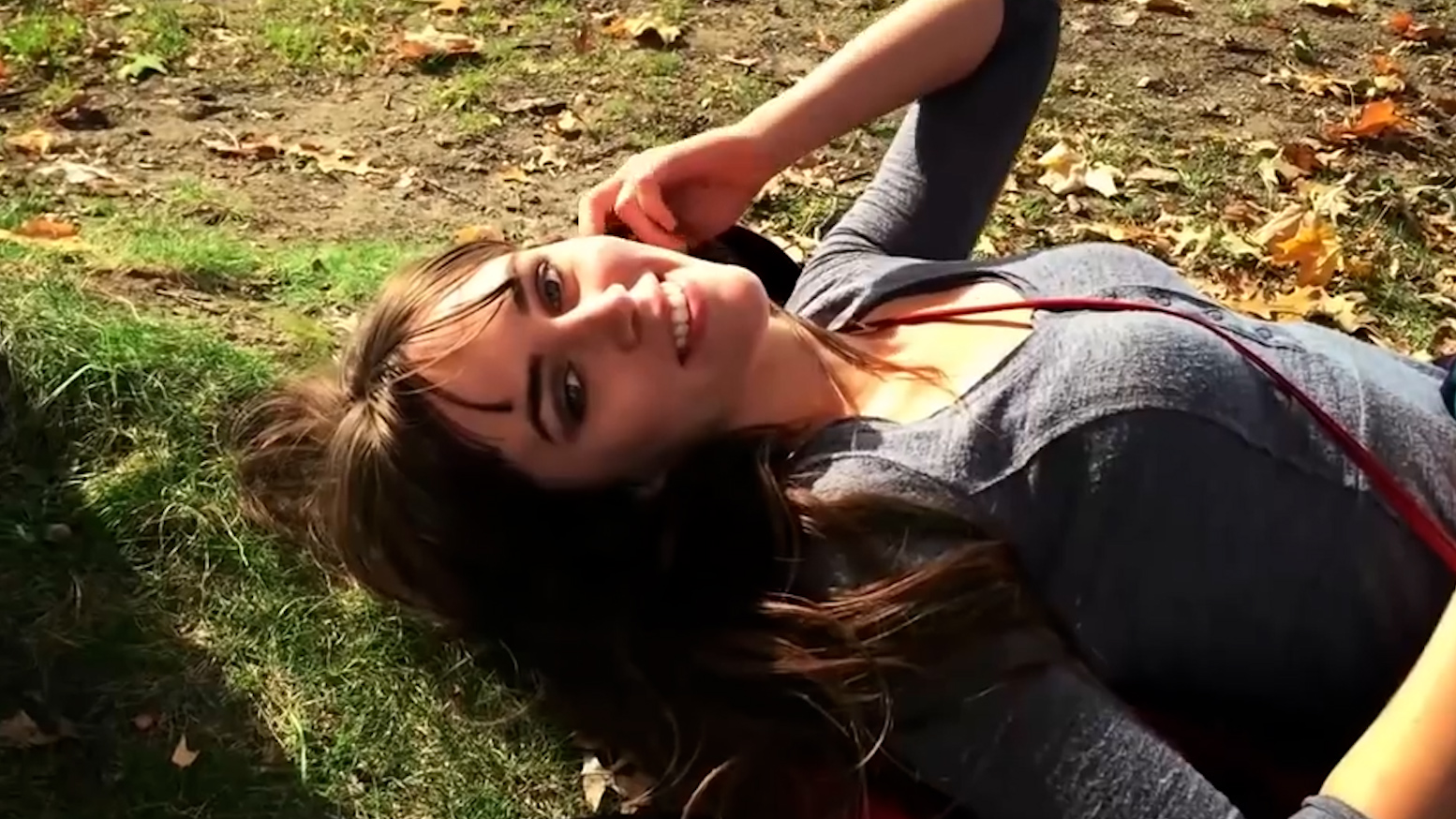
The key was to use the first-person perspective sparingly, incorporating it for important shots and gradually expanding the frame with wider shots and medium shots that showcase their surroundings. This approach also helped alleviate the potential visual claustrophobia often associated with filming on an iPhone.
Night Fishing (2011)
“Night Fishing,” directed by Park Chan-wook and Park Chan-Kyong, and shot on the iPhone 4s, portrays the tale of a solitary man who encounters a mysterious creature while fishing alone.
Inspired by the surreal and haunting imagery found in Korean spirit world mythology, the film uses the blurry and grainy aesthetic reminiscent of early film noirs to create an otherworldly visual atmosphere.
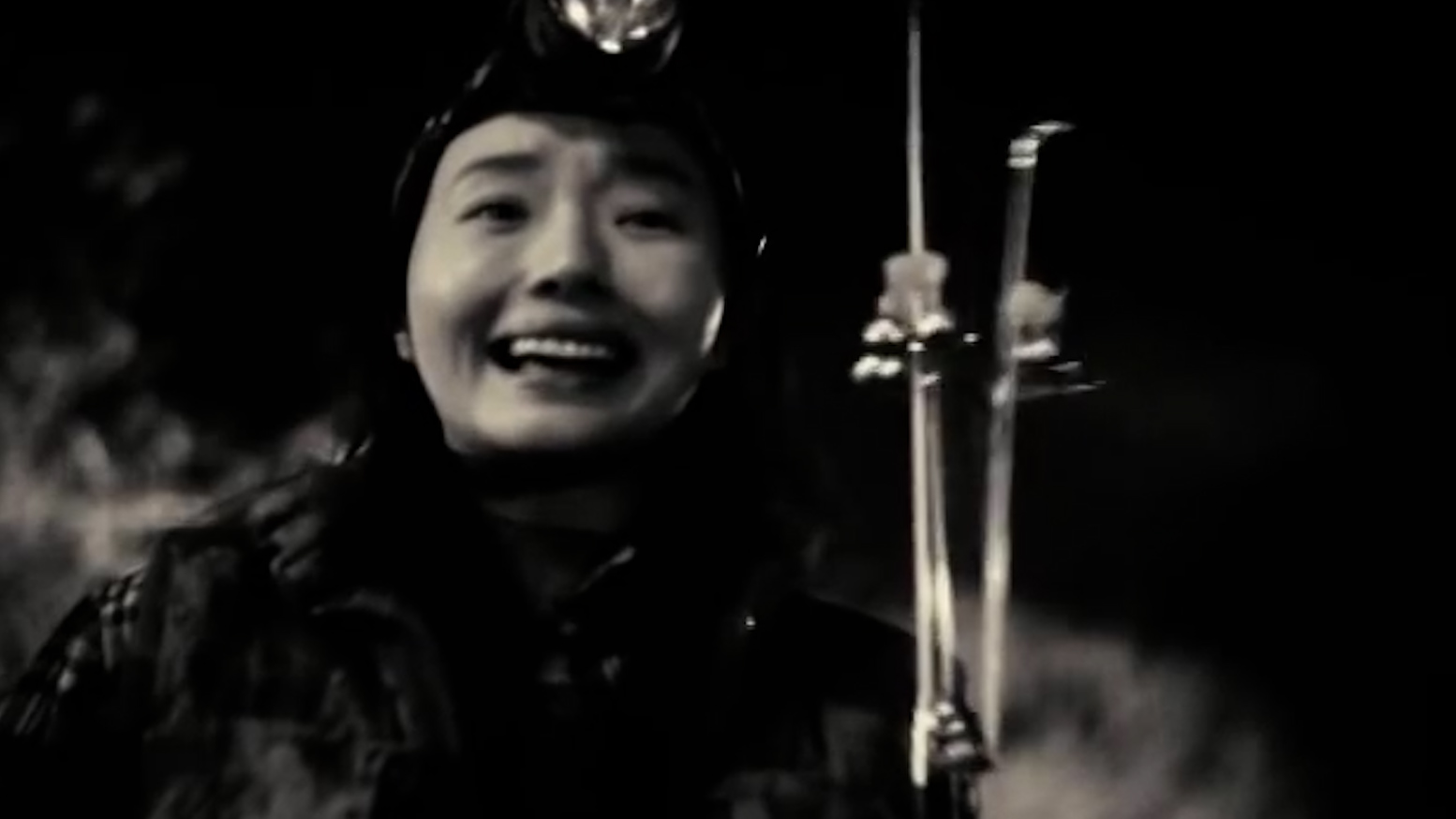
Initially filmed as part of a marketing campaign for the iPhone 4s in Korea, some may perceive the film as a promotional gimmick rather than avant-garde art. However, it skill-fully adapts the story to the inherent limitations of the equipment.
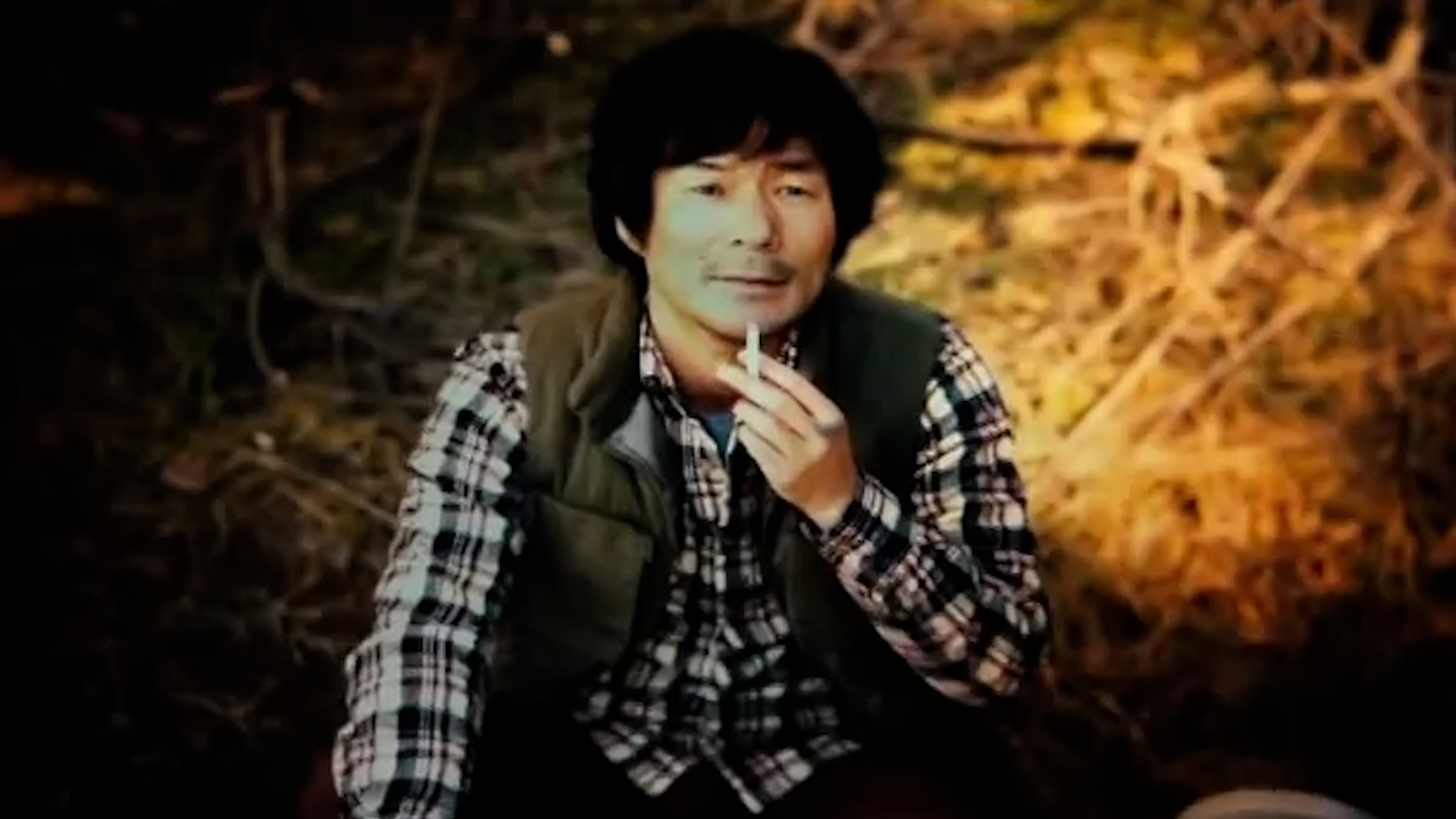
The distorted shots in the film are enhanced with a dark vignette surrounding the edges, and the constrained filming scope and time are used to focus on one of the two characters at any given moment. While the film may possess a somewhat derivative appearance in the realm of indie projects, it remains one of the earliest examples showcasing the creative potential of smartphone filmmaking.
Final Thoughts
While there will always be dedicated cinephiles and filmmakers who passionately advocate for shooting films using traditional equipment, it is evident that the iPhone has become the preferred tool for a new generation of emerging artists who embrace risks and learning on the go.
The ability to capture intense and atmospheric visuals on the fly, combined with the freedom to experiment with innovative storytelling techniques, is gaining popularity.
In this regard, amateurs may find themselves at an advantage as these methods allow them to learn the intricacies of the craft from the ground up, using the most basic equipment available. This advantage becomes particularly significant in today’s era of content saturation on the Internet.
To remain relevant, creators must constantly produce fresh and daring content. Whether one loves or dislikes it, filmmaking with iPhones presents a new challenge that has firmly established itself and is poised to stay.
Other Popular posts like this:
Light Chaser Pro 14: Unleash Your Creativity with this Mobile Rig
Free iOS camera app Rode Capture now supports dual camera mode
Sandmarc’s Macro 100mm lens for iPhone will give you stunning shallow depth of field shots
